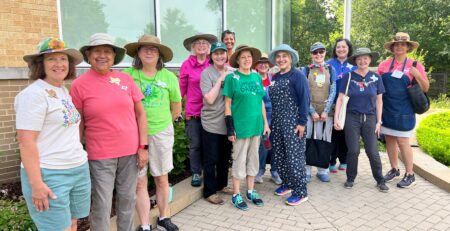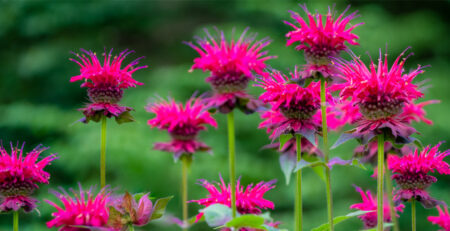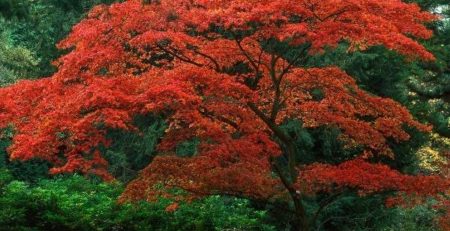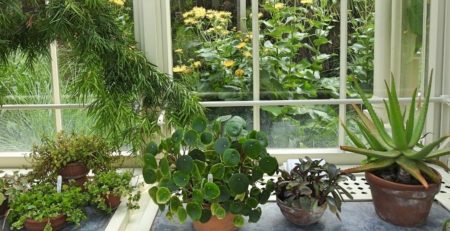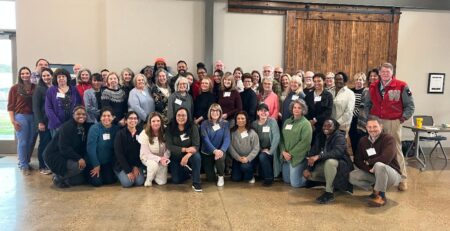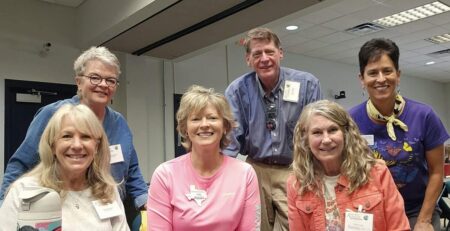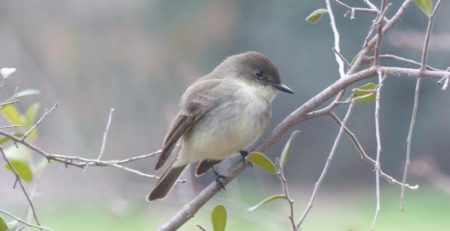How to Successfully Collect Seeds
A seed is a flowering plant’s unit of reproduction capable of developing into another such plant. Each seed consists of a plant embryo, some stored food, and a seed coating. After maturing on the plant, the seed enters a state of dormancy until all conditions are right for germination.
Have you ever gathered seeds that completely failed when you planted them? “Oh, yes,” you say. Well, you’re not the only one who has had this sad experience. Seed gathering is an ancient and vitally important activity, and here are a few useful tips so that you can be successful.
Collecting seeds is important for a number of reasons:
- Cost – It’s free.
- Helpful – Seed exchanges provide access to seeds that may not otherwise be available.
- Adapted – You are collecting from plants that thrive in our soil and climate.
- Quality – You know what you are getting.
- Self-Satisfaction – You can take pride in creating the plant cycle of life.


Guidelines for harvesting seeds:
- Collect only when seeds are ripe, i.e., pods are brownish, brittle, and release easily.
- Collect throughout the habitat to help maintain genetic diversity.
- Record the date, plant name, and place where you collected the seeds.
- Collect only with permission when on someone else’s property.
- Cover pods with organza bags if their seeds will be elusive or explosive.
- Collect plant leaves, snap pictures of the plant, take notes, and research unidentified seeds.
- Use separate bags to collect different species of seeds.
- Harvest flesh-covered seeds when the fruit is ripe; remove the flesh and dry as usual.
- Harvest milkweed when the pods begin to split. Hold the silks and strip the seeds. Otherwise, place the pod in a large paper bag with small objects such as marbles; then fold the top of the bag down to close and shake it vigorously. Released seeds will collect in the bottom of bag.
Guidelines for storing seeds:
- Clean the chaff and pods from the seeds. A strainer may help with small seeds.
- Allow seeds to air dry for two days inside the house because undetected moisture is deadly.
- Select an airtight container if you will be storing for more than a year.
- Carefully label each seed container with the plant name, date collected, and where collected.
- Store seeds indoors in a closet, cabinet, or the refrigerator. Do not store them in the freezer.
Follow these easy steps, and you will have seeds for yourself and to share with friends. Happy gathering!
Roseann Ferguson (class of 2008) has volunteered at the Texas Discovery Gardens greenhouse for fifteen years. She loves every aspect of plant propagation and eagerly shares that knowledge. Roseann enjoys butterfly gardening and photography and is an avid succulent collector. Visit Roseann in the greenhouse where she says “the magic happens.”


